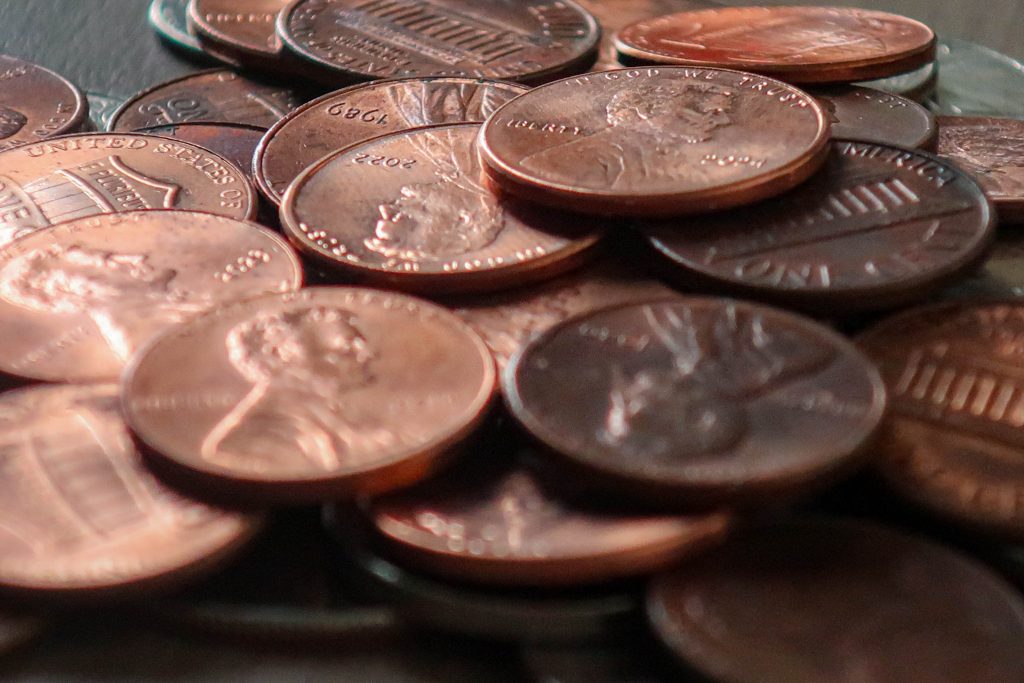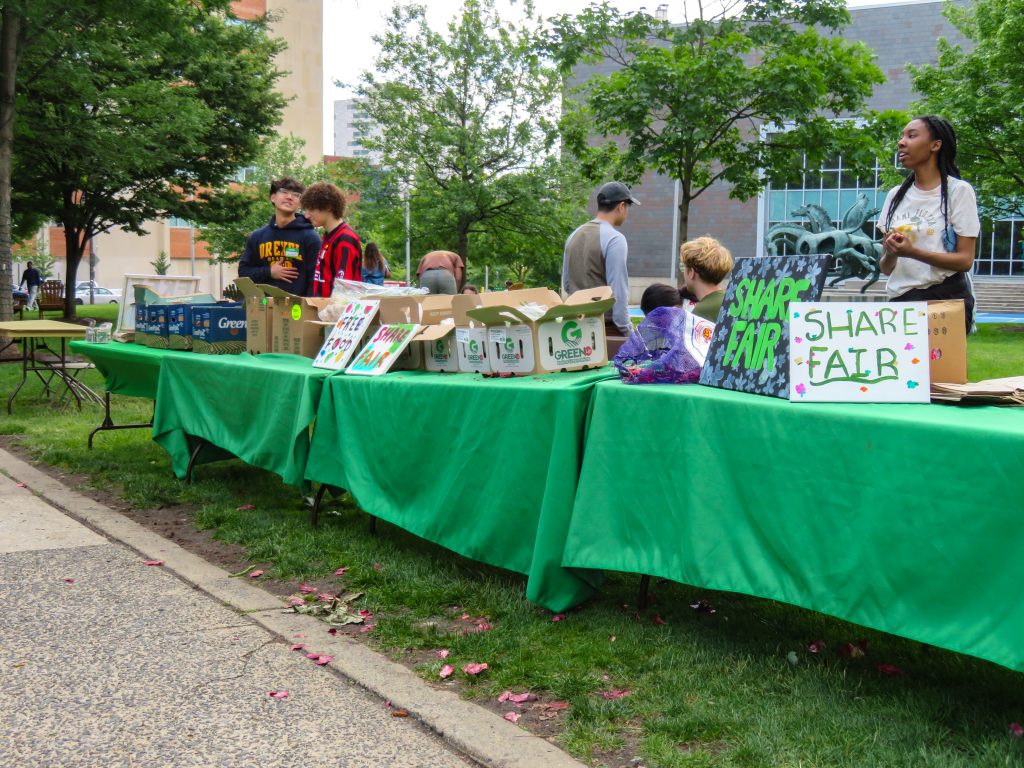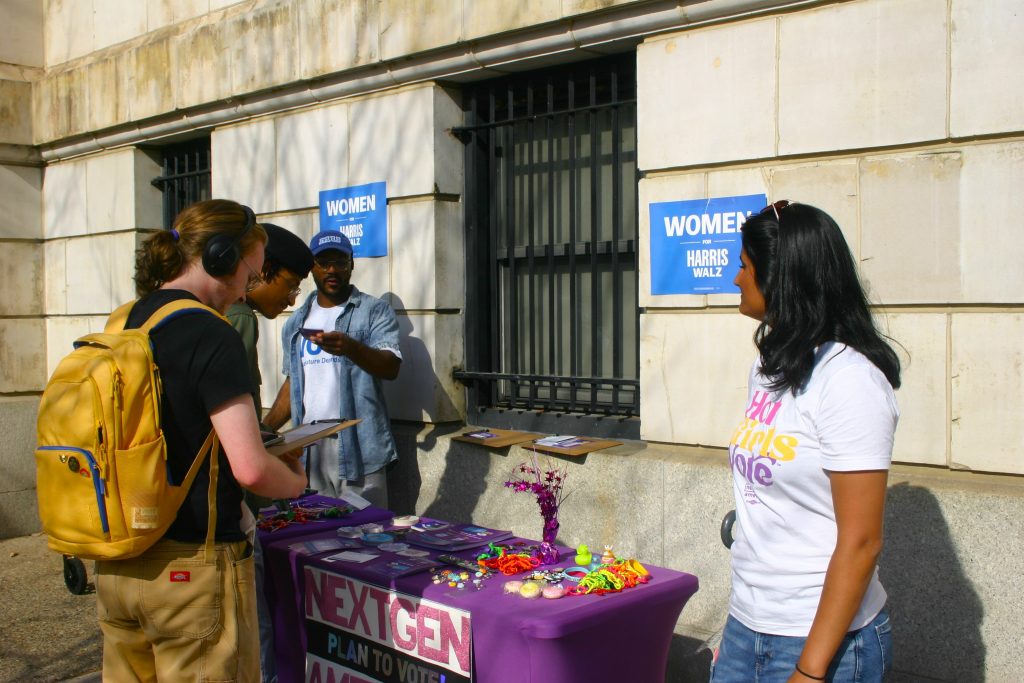
If I had a cent for every penny produced, I would have no source of income by next year. Ever since the US Mint opened full-time coin production in 1793, the penny has been the staple of American currency. As of May 22, the Trump Administration declared that penny production will be discontinued in the early months of 2026. Although we live in a world where digital payment methods are becoming increasingly popular, we strongly believe that the penny should continue to be produced due to its iconic nature, historical value and transaction efficiency.
Every penny has the same monetary value, but each tells its own story. The lives of its previous owners etched onto its surface map the adventures of its lifetime. That old, tarnished, muddy penny, lying heads up on the corner of the busy street has seen great hardship yet bears the powerful gift of luck. Finding a lucky penny is not life changing, but it marks the change of any regular day into a range of towering possibilities. The popular symbol of a lucky penny carries true meaning – it feels just plain good to find a penny on the ground. Without the production of new pennies, all the floored ones will only get picked up and soon go extinct, getting washed away by the tides of time.
Pennies have been a part of American currency for over 230 years. As most already know, the coin features Abraham Lincoln, our nation’s 16th president. On the back side of the penny is the Union Shield, representing Lincoln’s ability to preserve the unity of the country. This current design, known as the “Union Shield,” has been printed on all minted pennies for 15 years, and Lincoln himself has been featured on the face of the coin since 1909. Lincoln’s efforts to keep our nation together should continue to be honored, since our country would not be what it is today without him.
The efficiency of cash transactions is arguably the most important aspect of the penny, considering the reason for its existence is to be traded for goods and services. Without a large number of pennies in circulation, physical transactions will struggle, and some businesses may find difficulty providing the proper change. Let’s say my favorite matcha is $5.67. I often pay with a five and a one, expecting to receive the sufficient coins to fill that leftover 23¢. With these few new coins acquired, I can confidently return the necessary change to anyone who needs it. Welp… not anymore. Without a handful of pennies to hand around, odd amounts of change cannot be reached, and the nickel will be used more frequently to fill the large shoes the penny once wore.
In a world where physical cash is dying out, we stand alongside the belief that penny production should not be discontinued in the United States. The history of the penny alone tells a story that does not deserve to end. Its long-term significance, cash transaction value and recognition as a classic American coin all contribute to the value of the penny, which is worth far more than the one-cent market value. Although there are many logical reasons to discontinue the coin’s production, we feel its benefits outweigh its downfalls. Now, we ask you… penny for your thoughts?




